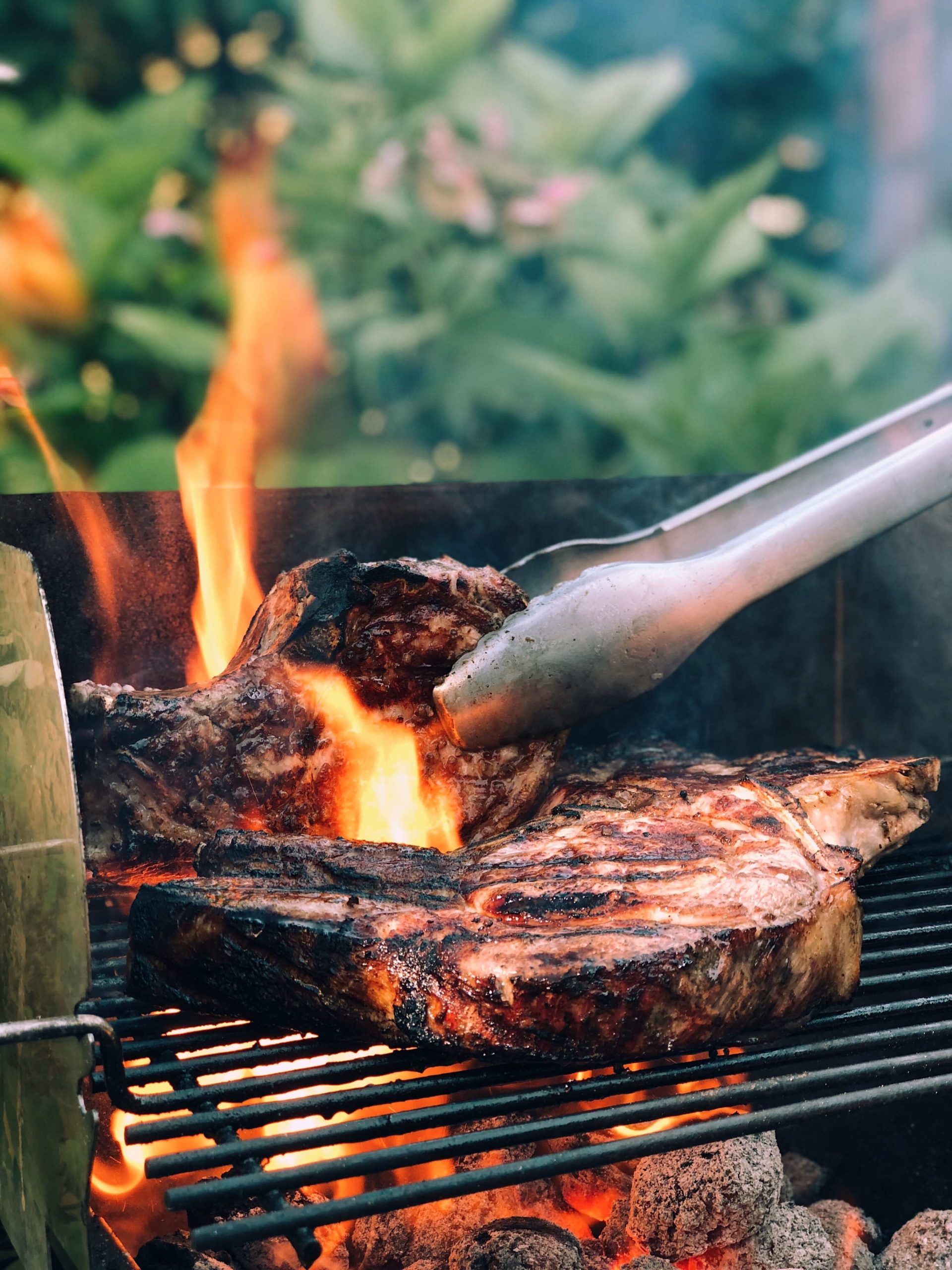One of the tasks you have to do when you lose power for an extended period of time is clean out the refrigerator and freezer. There is always the nagging question “won’t that be OK?” The answer is no! If there is any question about the safety of a food item, throw it out – don’t take the risk. John, my husband, got the task of cleaning out the refrigerators and freezers in our house. The only thing that we kept and ate was a whole chicken that was still frozen solid. We put it in a cooler with some ice to slowly thaw it, he butterflied it (cutting up one side of the spine) and cooked it on the grill. YUM!
Given my recent food safety experience and the fact that September is “National Food Safety Education Month” I thought it would be good to review a few food safety guidelines.
- Food should only be in the “temperature danger zone” for 2 hours total. The “temperature danger zone” is between 40 and 140 degrees Fahrenheit. Remember, this is 2 hours total. If you prepare that chicken and have it out for preparation for 15 minutes, then have it on the table for 30 minutes, then the counter to pack and store for 15 minutes, it has already been out for 60 minutes. That leaves 60 minutes it can be out in the “danger zone.” This is especially important for restaurant take home meals. Think about how long it sat on the table and was out being transported before deciding to have it later.
- When cooking meats, use an instant-read food thermometer. You can find them at most cooking and home stores (Linens ‘N Things, Target, etc.). Check the temperature of the meat while cooking. Here are the temperatures to look for (all in degrees Fahrenheit):
- Beef, steaks, roast, chops: 145
- Pork: 160
- Ground beef, veal, pork: 160
- Poultry: 165
- Have a permanent marker handy in the kitchen. It can be used to mark on the package the date an item was opened for those that have multiple servings and will be kept in the fridge. You’ll never have to ask “How long has this been open?” or “Do you think this is still OK?” again. Also good to mark the date on freezer bags of when items are frozen/purchased so you know when to throw them out if they aren’t eaten.
- A microwave doesn’t necessarily kill bacteria. Those nasty bugs can hide in cold spots. When microwave cooking or re-heating, be sure that the food gets hot all the way through. Stop and stir part of the way through. And, use that food thermometer just to be sure. The foods should reach a temperature of 165 degrees Fahrenheit.
- Sanitize surfaces after handling raw meat (especially poultry). One of the quickest ways to do this is have a spray bottle of sanitizing solution handy. For non-porous surfaces like cutting boards the solution is 1 tablespoon unscented chlorine bleach in 1 gallon of warm (not hot) water. You can make up a gallon and refill the spray bottle when it runs low. After washing the cutting board, knives, etc. spray on the solution and allow to air dry. You can also spray your countertops and sink.
Small changes in how food is handled in the kitchen can help you and those you cook for avoid dreaded “food-borne illnesses.” For more information on food safety, check out this link.
On a lighter note: I spotted some Honeycrisp apples at Whole Foods this week. Honeycrisps are, in my opinion, the best apples out there. They are traditionally only available in the fall and winter. Taste profile: sweet with some tang. If you’re an apple-lover give them a try when you see them.

